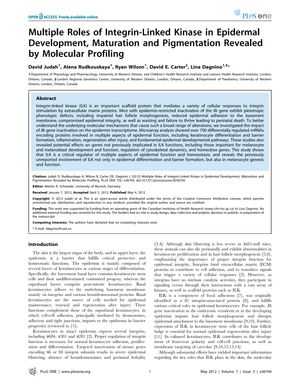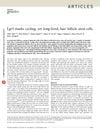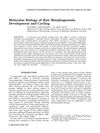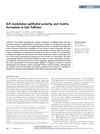Multiple Roles of Integrin-Linked Kinase in Epidermal Development, Maturation, and Pigmentation Revealed by Molecular Profiling
May 2012
in “
PLOS ONE
”

TLDR ILK is essential for skin development, pigmentation, and healing.
The study explored the impact of Integrin-Linked Kinase (ILK) deficiency on epidermal development by analyzing gene expression in ILK-deficient and ILK-expressing mouse epidermis. The research revealed that ILK is involved in a wide range of epidermal functions, including keratinocyte differentiation, barrier formation, inflammation, and regeneration after injury. It also highlighted new roles for ILK in melanocyte development and function, cytoskeletal dynamics, and homeobox genes. The study showed that ILK is crucial for proper epidermal function and homeostasis, with its inactivation leading to significant alterations in cutaneous functions. ILK deficiency resulted in substantial reductions in mRNA levels of enzymes and factors necessary for epidermal barrier function and was associated with altered expression of genes involved in growth factor signaling, responses to injury, and pathways important for hair follicle development. The study used RNA samples from five ILK-deficient and five ILK-expressing mice for microarray hybridization and confirmed the findings with real-time quantitative PCR. The absence of ILK led to abnormal hair follicle development and a lack of cutaneous pigmentation, despite increases in mRNA levels of melanocyte signature genes. The findings suggest that ILK is essential for hair follicle maturation and may be linked to skin disorders involving aberrant keratinocyte proliferation.


